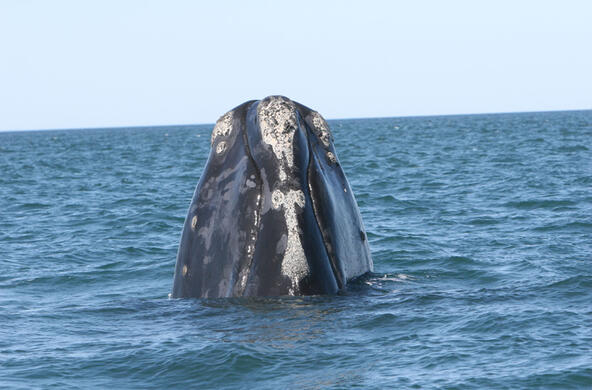On September 30, I rotated off the Science Advisory Board (SAB) for the U.S. Environmental Protection Agency (EPA) after two 3-year terms. The SAB is composed of environmental scientists and economists and charged to help the EPA with the application of the best, relevant science to its regulatory deliberations. Typically, the SAB is presented with problems that are before the Agency and upon which the higher EPA administration would like advice or an opinion on what to do.
For example, as an SAB member, I was selected to head up a sub-committee charged to evaluate the progress and best future directions to reduce the phosphorus loading of Lake Erie, with an eye to reducing harmful blooms of bluegreen algae (cyanobacteria) in its waters in late summer. A couple of years ago Toledo was not able to draw its drinking water from the lake due to such a bloom. We delivered a report to the EPA administrator offering our evaluation of the current models used to predict phosphorus loading and to set the appropriate phosphorus loads to Lake Erie.
About the same time, a similar subcommittee was asked by the EPA’s administrator to evaluate the use of biomass as a (biogenic) fuel to replace coal in coal-fired powerplants to generate electricity. For the most part, biomass consists of wood, which is typically pelletized before combustion. The basic question before us focused on whether woody biomass can be considered “carbon neutral” with respect to emissions of carbon dioxide (CO2) to the atmosphere, since it will regrow over time, taking up CO2 from the atmosphere.
This question of science is more difficult than it appears at first glance. Some of the issues concern the age of the existing trees that are harvested and how long it takes regrowing biomass to reaccumulate the carbon. It is also important to consider whether the biomass considered includes only the stands that are harvested or the larger balance of carbon on the entire landscape, which may be affected by many other factors.
In the midst of our committee’s deliberation on this report, then-EPA administrator Scott Pruitt announced in Georgia in April that the agency considered woody biomass to be carbon neutral. He had ignored the SAB process and what the SAB might have reported from a scientific analysis of the issue. I can’t say there is evidence that politics were involved—such as lobbying by the forest products industry—but it sure looked like it. Make America Great Again by harvesting trees.
Then, last week, before the final touches had been placed on the SAB’s scientific analysis of the issue, the EPA released the Trump administration’s alternative to the Clean Power Plan, again stating that biogenic energy was carbon neutral. No science welcome.
My point here is that decisions are being made, not on the basis of a thoughtful and deliberative evaluation of the science, but on the ideological beliefs of the current administration in Washington, perhaps with the help of corporate influence.
During my tenure on the SAB, the number of requests for our guidance on all issues dropped dramatically, as did the number of times we actually met to conduct business. About the only actions that continued regularly were requests for the SAB to evaluate the annual merit awards of career EPA scientists—a safe operating space for a science committee that might otherwise interfere with policy.
I have a dark message for other academic scientists who might think of serving on the SAB. At first, I was honored to serve. It seemed an appropriate culmination to my 40-year career as an environmental scientist. The issues were interesting, timely, and important. The advice we gave was graciously received and used by the EPA administrators at the time.
Since the advent of the current administration, science has been ignored and marginalized. The SAB seems an annoyance, and new procedures are proposed to circumvent its use of the best scientific expertise and published science on important and relevant issues. Representation of academic scholarship on the SAB has declined. See: https://blogs.nicholas.duke.edu/citizenscientist/science-at-the-epa/
Unfortunately, the SAB is no place to serve if you value your time and potential contributions to protecting the environment of our nation. Wait until the nightmare is over.








